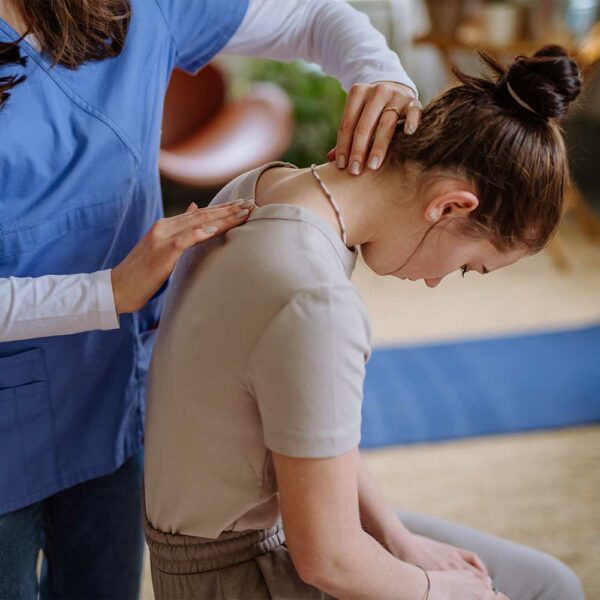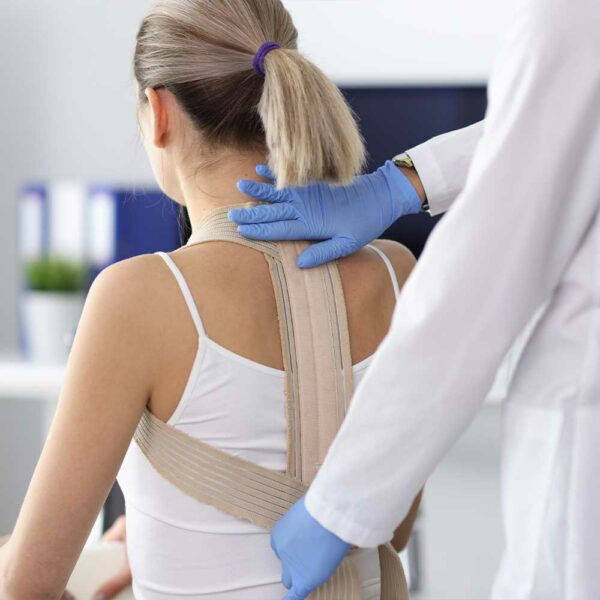Exploring Treatment Options
At Metropolitan Neurosurgery Brain & Spine, we understand that scoliosis can be challenging to manage. We provide information on various treatment options to help you manage your symptoms and improve your quality of life.
Non-Surgical Treatment
Physical therapy exercises: A specific exercise program designed to improve flexibility and strengthen the muscles surrounding the spine.
Bracing: Custom-fitted orthotic devices that are designed to prevent further curvature and maintain spinal alignment.
Pain management techniques: Over-the-counter or prescription medications for pain relief.
Surgical Treatment
In severe cases or when conservative treatments fail to provide relief, spinal deformity surgery may be considered. Surgical options for scoliosis include:
Spinal fusion surgery: A procedure that fuses two or more vertebrae together to straighten the spine.
Growing rod surgery: A procedure that uses adjustable rods that can be lengthened over time to straighten the spine as the child grows.
Vertebral body tethering: A procedure that uses a flexible cord to tether the vertebrae together to straighten the spine while allowing for continued growth.



